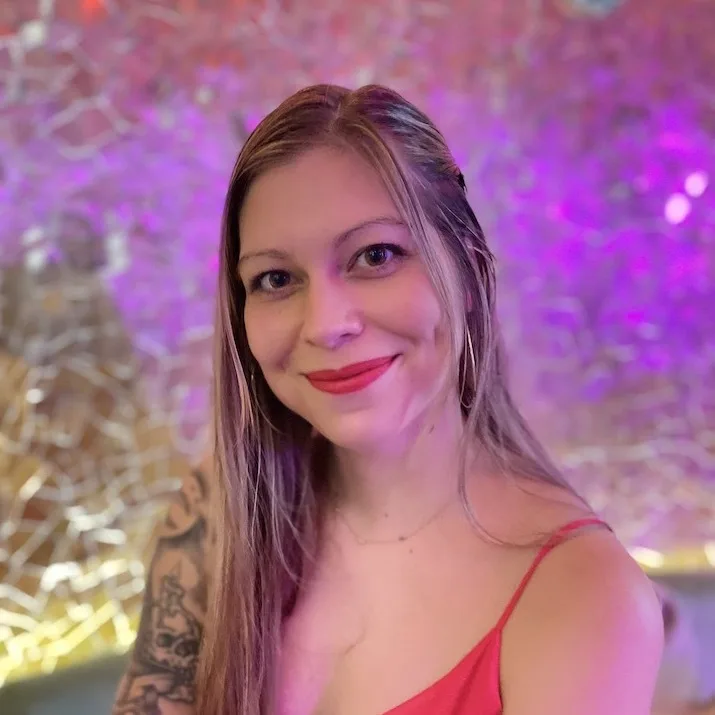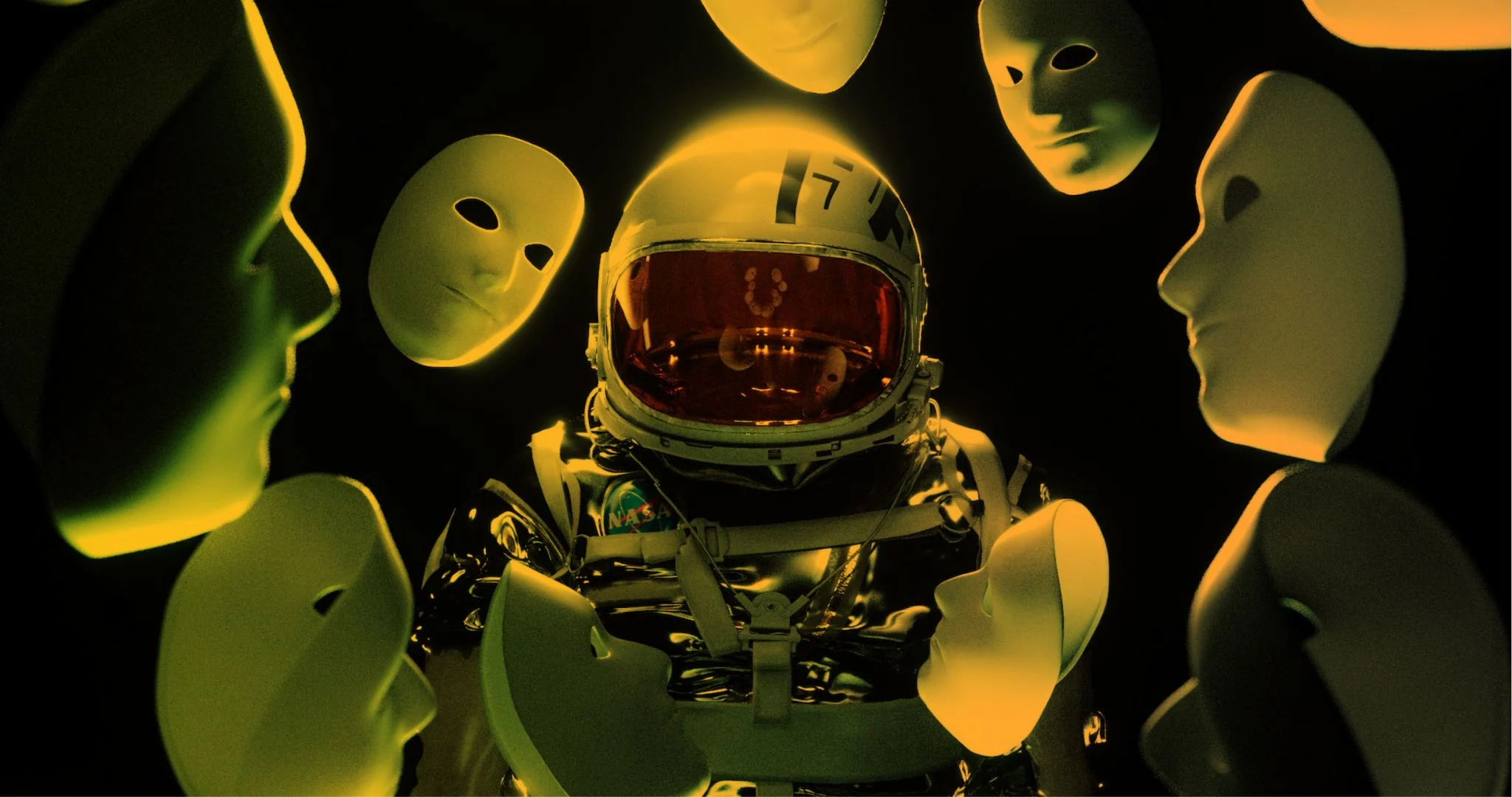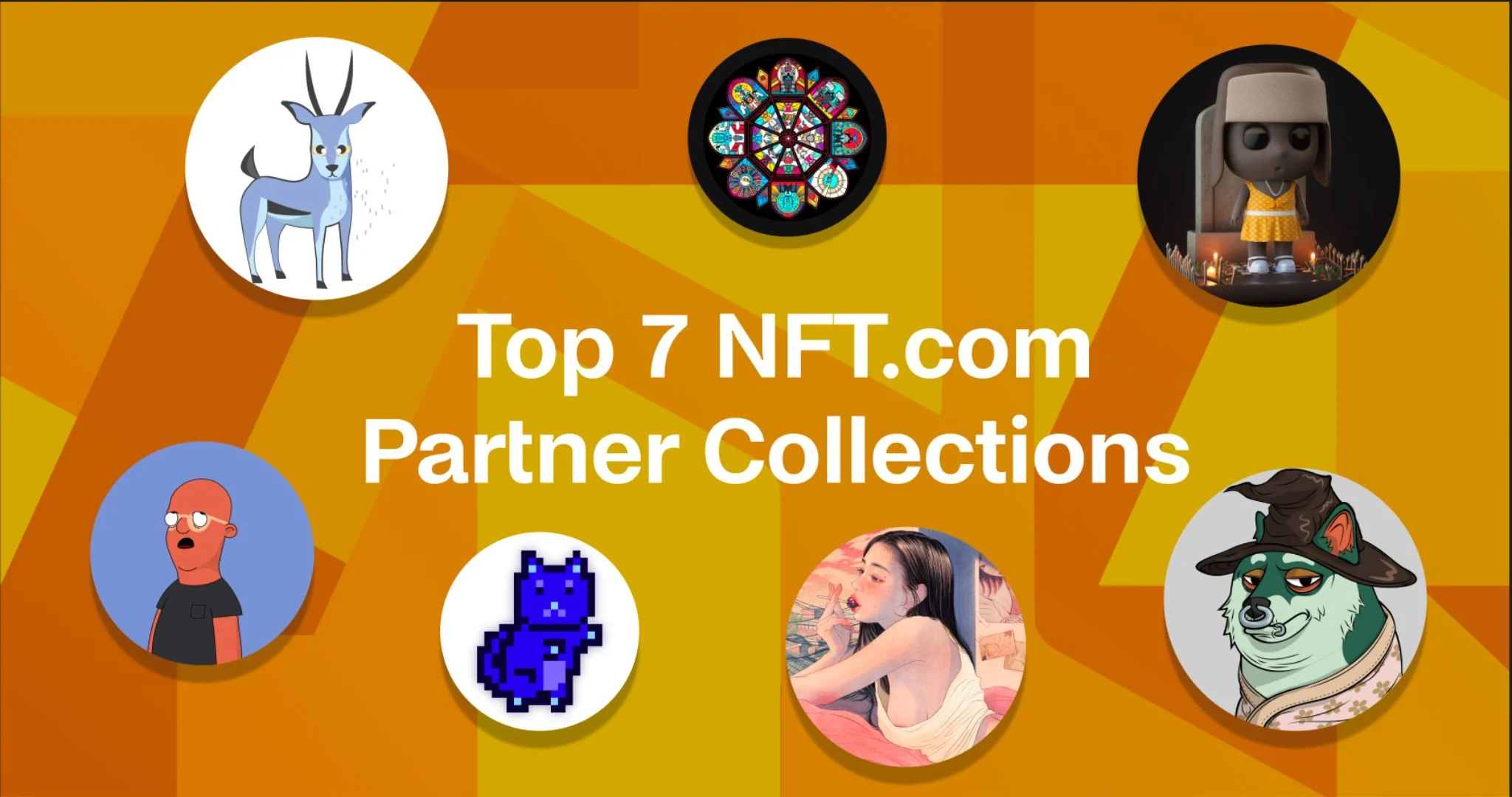Back to Blog
What Is an NFT Artist? On-Chain Art on SuperRare, Community, and More

Virginia Valenzuela
Mar 23rd, 2023
.5 min read

What does it mean to be an artist?
Is it sales? Fame? Or the act of putting pencil to paper? The traditional art world has long debated the hierarchy of art makers and the definition of what it means to make art. And, as a result, many people have been left out. Van Gogh, Monet, Vermeer, Cezanne: all great artists who were rejected in their time. The 20th century’s most radical (and by that I mean, at the time, most perplexing) art forms — generative art, digital art, internet art — fall into the same category of dead upon arrival.
Each of these computer-based art forms faces continued scrutiny, mainly because critics believe that anyone can copy it, and thus there is no way to authenticate a computer-based artwork. Ironically, the innovation that has allowed these art forms to have both scarcity and provenance faces the same bad press.
NFTs are a revolution in and of themselves. They offer easy and uncontested ownership over digital assets, and allow artists and collectors to trade digital artworks seamlessly across the web. But that’s only the tech. The greatest contribution NFTs have made to the modern world is creating an entirely separate marketplace where anyone can participate.
What is an NFT artist?
Whereas the traditional art world favored more classical signals of value, like art education, exhibitions in established galleries, and big sales at auction houses, the NFT art world sees value in places where you’d least expect it. Thus, the route to success is different for artists who tokenize their work, (though they may end up at Sotheby’s or Christie’s either way).
If we look at the evolution of digital art, there are two major milestones: the adoption of home computers and the invention of the internet. With the onset of the digital age, everything changed, from how we worked to how we made art to how we communicated with one another. If the internet was the catalyst behind the democratization of information, then blockchain technology can be viewed as the catalyst for the democratization of everything else.
When I asked Jason Bailey, the legendary art and NFT collector known as Artnome, his definition of a “crypto artist” was: “anyone who mints artworks on a blockchain.” Before the advent of NFTs, artists were pressured to live in big cities where art scenes boomed, to cater to the tastes of gatekeepers, and to take on jobs as graphic designers and advertisers to pay their bills while they made money on the side. This not only led to the homogenization of artistic styles, but to the narrowing of the marketplace, because as any artist who has a full-time job outside of artmaking knows, it becomes harder and harder to produce when you are exhausted from your day job.
How to be an NFT artist
At base, NFTs offer an alternative view of art, one that is all-inclusive, and one that celebrates the diversity of culture, thought, and style. Furthermore, because NFTs can be minted, viewed, and sold from anywhere in the world, it allowed artists to tap into the market from all corners of the globe, and bring their stories and experiences with them.
The growing popularity of NFTs in addition to the fight for royalties on secondary sales has enabled increasingly more artists to experience financial stability — some even thriving — and thus able to commit to their practices full-time. This may not sound like a groundbreaking moment to some, but to artists of all backgrounds, most of whom had probably decided long ago that their passion would have to be a hobby, rather than a career, this opportunity changes everything.
The Birth of a New Artform
Being a relatively internet-native art form, some of the most popular genres of NFTs are ones that integrate aspects of internet culture. Glitch aesthetics, memes, and images to be used as avatars are elements that make up some of the most iconic NFTs, especially the earliest ones. Artists like XCOPY, Sarah Zucker, and the artist duo Hackatao minted some of their most well-known artworks on SuperRare from 2018 through 2020, while Larva Labs’ CryptoPunks, minted in 2017, still reigns over the present-day PFP market.
Today, on-chain art, or art tokenized as NFTs, is even more expansive, ranging from photography to 3D sculptures to digitized paintings to AI-assisted artworks and beyond. In fact, even genres outside of the visual arts are entering the NFT space, like film, music, and poetry (not to mention other industries like gaming, event-ticketing, and virtual real estate, to name a few).
This movement into NFTs proves two important things. First, that creators are tired of and disillusioned by the traditional means of sharing and monetizing their work. Second, that they see their value reflected back to them in the form of NFTs. The bad headlines around NFTs present them as if they are a scam or a fad, but the history books may very well recall this period of time as a major ideological shift where creators moved away from the “starving artist” of the past and toward the “flourishing artist” of the future.
Furthermore, an exciting new realm of artworks is being explored as NFTs become not only the mode of authenticating and trading, but also its own medium. Artists like Trevor Jones and Vexx have altered the metadata within NFT artworks to make them dynamic, meaning the visual elements respond to events that happen in real life. Platforms like Olta are supporting interactive NFTs, while platforms like Transient Labs are creating custom contracts that can be changed by artists and collectors.
Keys to Success in the NFT Marketplace
There is no secret roadmap to becoming a successful artist, but there are a few key factors that the most successful artists in the NFT world share.
How to become an NFT artist
The first is to utilize social media, namely crypto Twitter and Instagram, and to not only grow their audiences, but to engage with their online communities. The word “community” gets thrown around quite a lot in Web3, but when artists genuinely care about the people they speak to, and ultimately, sell to, the word maintains its simplest meaning: to make connections through shared experiences, and in the case of NFTs, through art.
Second is to have a strategy when it comes to minting individual pieces or collections. There are many different kinds of NFTs, from 1-of-1s to open editions and more, so choosing the best mode of minting will depend on you, your audience, and the work itself.
How to sell NFTs as an artist
Similarly, choosing which platform to mint on is a huge part of whether or not an artist will succeed, especially in the beginning. Some communities mint and collect on one platform, or one blockchain, and not another, so doing your research to find out where your people are is an extremely important step to take before you mint your art. Most artists mint on multiple platforms as well, but they use their market knowledge to figure out where to place each piece.
And finally, have a schedule and stick to it. Most artists will share teasers with a release date so that their community can get excited and their collectors can mark their calendars. Artists will also be mindful of when they mint, and how often. If you “flood the market” with your work, it might be hard to sell them all. So if you’re just starting out, consider minting one “genesis” piece, or a collection of 3 or 4. Consider minting one artwork as an edition of 10 or 20 and pricing them lower, so more people can own your work.
The Brave New World of NFTs
There is a lot of responsibility in rejecting the traditional art world and going out into the world alone. But as many artists have shown us, it certainly is worth the risk, since the rewards, both financial and cultural, are well worth the work.
Related Posts

7 NFT Collections That Are Redefining Our Web3 Imagination
From Saint Robotica's robotsaints DOGE meme avatars, these NFT collections ...

Nick Fouriezos
Mar 21st, 2023

Streaming in Web3: Where You Can Stream the Best NFT Music
The music industry is highly extractive, but it doesn’t have to be. Here ar...

Nick Fouriezos
Mar 17th, 2023

What Is the Metaverse? A New Guide for Your Web3 Future
Since logging on in the 1990s, the internet has become exponentially more c...

Virginia Valenzuela
Mar 22nd, 2023